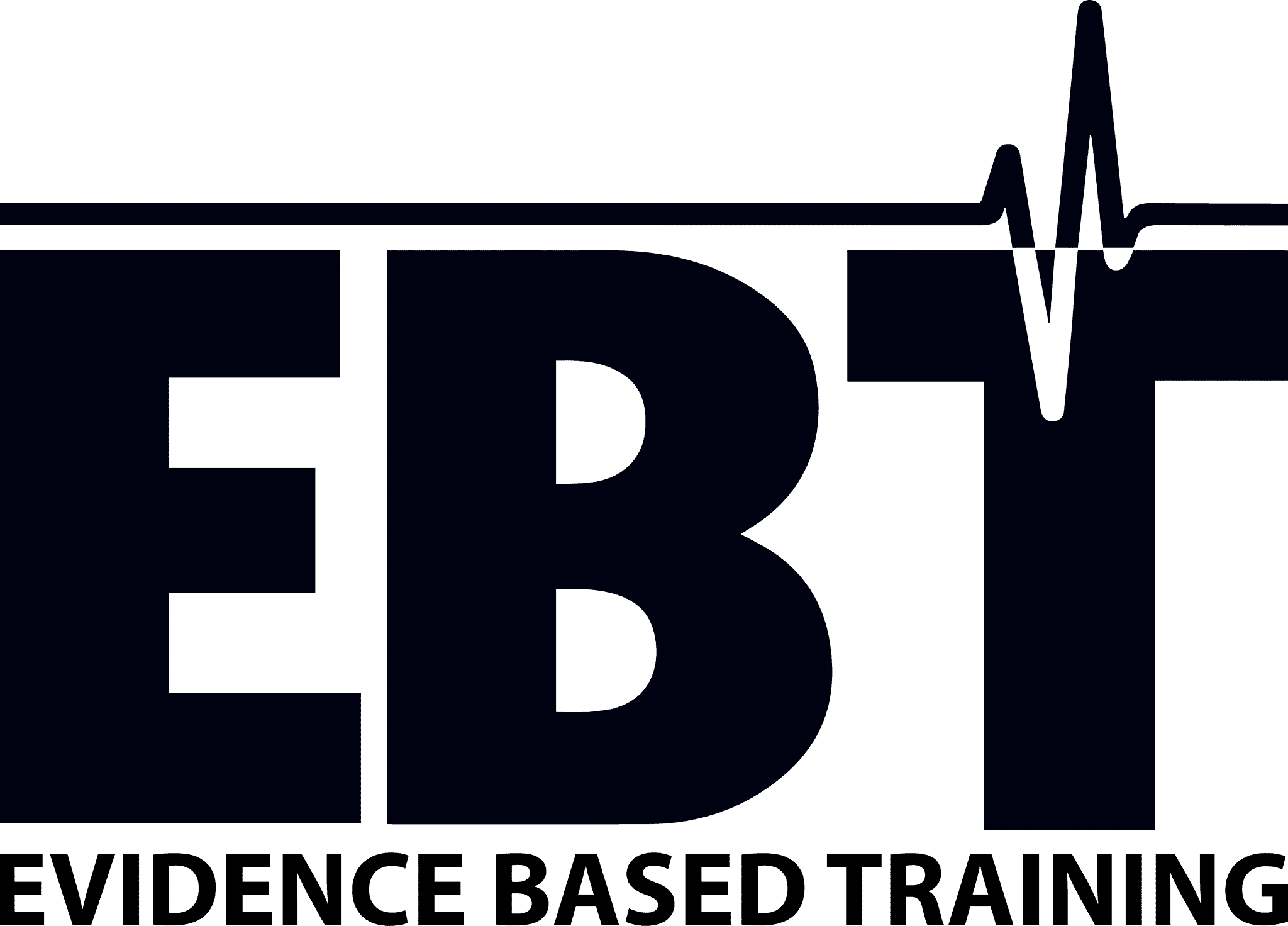Vitamin D, can exist as D2 (ergocalciferol) and D3 (cholecalciferol). Vitamin D levels are too low in two out of five people! When is this a problem? Study after study continues to add new data regarding the positive effects of vitamin D on health and performance. From muscle gains to disease, we look into the science of the D! Vitamin D, that is. We end with tips on how you can optimize your vitamin D levels.
Vitamin D Benefits: Why it is Important and What it Does for the Body
For most people vitamin D is one of the most important nutrients to be aware of. It is important for:
- Bone growth.
- Helping your gut absorb minerals like calcium and phosphate (this is why combining calcium and vitamin D supplements is a good idea)
- Preventing disease by boosting your immune system.
The use of vitamin D supplements to treat and prevent disease has increased over the last decade. Studies, as well as individual reports, link vitamin D deficiency to diseases like cancer, heart failure, depression and so on. But the biggest killer of all diseases is heart and blood vessel disease (cardiovascular disease). These diseases include heart attack, stroke, abnormal heart rhythms, clots in veins etc. Heart and blood vessel diseases are the leading cause of death and disability.
A recent study combined results from 34 studies of looking at vitamin D levels and heart disease in a total of 180,667 people. Results showed that those who had low levels of vitamin D in their blood also had a higher risk of getting heart disease, and even dying from heart disease! (1). Related studies also show that people with extremely low vitamin D levels have a higher risk of heart disease.
Does this mean vitamin D levels cause heart disease? We can’t be sure because this is a correlation study (observational). Just because taller people wear larger t-shirts doesn’t mean large shirts make you tall. Similarly, just because people with heart disease have low vitamin D levels doesn’t mean that low vitamin D causes heart disease. Also, the increased risk of heart disease wasn’t as obvious in people with just moderately-low vitamin D levels.
It could for example be that people who are indoors smoking all day get low vitamin D levels and heart disease because they smoke, and not because they have low vitamin D. So hidden variables like smoking make it hard to know what is causing what in this study. Using advanced math, the researchers can try to “adjust” for these hidden variables, and they did! They adjusted for smoking, obesity, diabetes and more! After adjusting, low vitamin D was still linked to heart disease.
To know if low vitamin D really causes heart disease, we need a study where we give some people vitamin D while we let other have low levels for years to see if come groups gets more heart disease than the other (experimental studies). But letting people be vitamin D deficient and get a heart attack isn’t exactly ethical, so we don’t think a study like that is coming around any time soon. The study above might be the best we’ve got.
Vitamin D Deficiency and Headache
A recent study from 2018 concluded that vitamin D deficiency was related to the amount of monthly days with headache among people with migraine. This is why some doctors choose to treat certain patients that don’t respond well to regular medications with an extra dose of vitamin D.
The Vitamin that Prevents Colds
Luckily, for milder diseases like colds, there are plenty of experimental studies on vitamin D! Scientists combined the results of 25 experimental studies (RCTs, the highest quality studies) comparing vitamin D supplementation to placebo on the risk of catching a cold. They found that vitamin D lowered the risk, even though not all of the participants necessarily had low levels. Still, a greater benefit was seen in those who were deficient (7). Can Vitamin D Help Build Muscle?
Can It Help Build Muscle?
Low vitamin D can cause loss of muscle mass (sarcopenia) (8-9). Low calcium levels due to lack of vitamin D triggers the release of parathyroid hormone (PTH) which tries to scavenge calcium from your bones, eventually leading to weaker bones (osteomalacia). In the elderly, this means and increased risk for falls and fractures! While adding vitamins past low levels won’t create and miracles for your muscles, prolonged low levels is certainly something you want to avoid.
Should I Test my Vitamin D Levels?
Interestingly, studies find vitamin D deficiency in over 40% of people even in countries with high sunlight levels (3). Number vary from 10- 80% between different populations (5, 6). Low levels are more common in south Europe and in the elderly, but teens and adults are also lacking. A low dietary intake and low sunlight exposure are the driving factors for the deficiency, the deficiency thus increases during winter (5). During the winter you can almost be sure you are lacking vitamin D and can thus supplement with it without getting bloodwork done.
Vegans might need to be extra careful about their vitamin D levels and may thus need to get tests along with b12 levels.[ Also, if you are spending a lot of time indoors during the summer, you may need testing.
Foods Rich in Vitamin D
By now you see why Vitamin D is essential. It is naturally present in very few foods and we recommend most healthy people to supplement with it. Still there are foods that you can include in your diet to reach the daily recommendation of 15 micrograms (600 international units). Salmon and fatty fish is a great source of vitamin D, containing between 400-800 UI depending on species (our example is from Salmo salar). This is on average 10-15x more vitamin D than chicken or meat! (10). Other vitamin D-rich foods include wild mushrooms, other types of fatty-fish and, to a smaller extent, eggs and enriched dairy/butter products. One should note that when salmon is fried in oil, approximately 50% of the vitamin D content goes wasted, compared to when it’s baked where almost all vitamin D is preserved.
Doctors usually recommend increasing sun exposure, since vitamin D is produced in the skin. Production does vary, however, and depends on sun exposure, season, latitude, time of day, age, covering clothes, use of sunscreens, and skin pigmentation – so we can’t give you a specific time you need in the sun to be covered. But changing your lifestyle to spend more time out in the sun will boost your vitamin D levels without the need to supplement.
Remember that with any vitamin, the most significant benefits of supplementation is seen when you have a deficit. Simply adding more isn’t always better, and it is possible to overdose on vitamin D. So stick within the recommended doses of 800 – 4000 IU/day (20 – 100 μg/day). The Institute of Medicine recommends supplementing with 15 μg (600 IU) daily if you are between 19-50 years old. (11)
Practical Advice: How to Optimize Vitamin D Levels:
- Spend more time outdoors!
- Consider vitamin D supplements to get at least 20 micrograms daily.
- Eat more vitamin D rich food like fatty fish and eggs.
To know which foods to eat every day to cover all of your vitamin and mineral needs, check out our complete eBook Diet Like A Doctor.
- Zhang R et al. American Journal of Clinical Nutrition. 2017.
- An overview of vitamin D. status and intake in Europe. doi: 10.1111/nbu.12108
- Vitamin D Deficiency and Its Predictors in a Country with Thirteen Months of Sunshine: The Case of School Children in Central Ethiopia. doi: 10.1371/journal.pone.0120963
- Deficiency among healthy adolescents in Al Ain, United Arab Emirates. doi: 10.1186/1471-2458-13-33
- Lars Ovesen. Geographical differences in vitamin D status, with particular reference to European countries. Proceedings of the Nutrition Society (2003), 62, 813–821
- Kimberly Y.Z. Forrest. Prevalence and correlates of vitamin D deficiency in US adults. Nutrition Research 31 (2011) 48–54.
- Adrian R Martineau. Vitamin D supplementation to prevent acute respiratory tract infections: systematic review and meta-analysis of individual participant data. BMJ 20
- Anne E Wolf. Vitamin D and musculoskeletal health. Nature Clinical Practice Rheumatology (2008) 4, 580-588
- Pludowski P. Vitamin D effects on musculoskeletal health, immunity, autoimmunity, cardiovascular disease, cancer, fertility, pregnancy, dementia and mortality-a review of recent evidence. Autoimmun Rev. 2013 Aug;12(10):976-89.
- Z. Lu. An Evaluation of the Vitamin D3 Content in Fish: Is the Vitamin D Content Adequate to Satisfy the Dietary Requirement for Vitamin D? J Steroid Biochem Mol Biol. 2007 Mar; 103(3-5): 642–644.
- Institute of Medicine, Food and Nutrition Board. Dietary Reference Intakes for Calcium and Vitamin D. Washington, DC: National Academy









